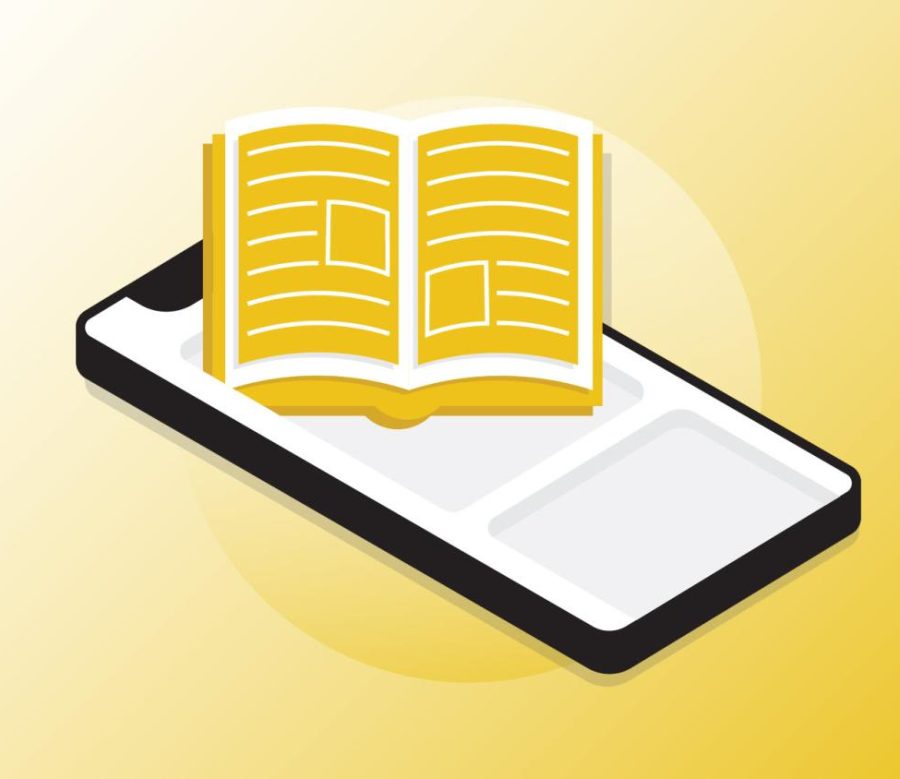Should people read e-books more than print books?
Since the beginning of the Internet and photographic printing, e-books—or electronic books—have grown from a library-restricted median to a global industry, prompting worldwide access to various literary texts and archives.
However, in the recent decade, a growing number of individuals—ranging from healthcare professionals to parental caretakers—have denounced the use of e-books in favor of sticking to the more traditional print book.
Largely, that refusal toward the change can be attributed to a growing amount of concerns revolving around the use of e-books, such as visual health, reduction of permanent memory, and encouraging the growth of unhealthy habits like smartphone addiction.
And with the evergrowing popularity of e-books in the last decade, significant questions still arise—in scientists and educators alike—about whether electronic books should be treated at the same level as printed books if they are suitable to replace them, and whether will they work to the same effect paper books do.
A good example of a successful technology that has allowed for the successful replication of print books to e-books while still quelling health concerns raised by prominent opponents of e-books is Kindle: the electronic innovation that revolutionized the book-making industry
Kindle is a small handheld device that is made for easy access and download of online books, made by the popular online retailer Amazon.
A fascinating feature that made the Kindle so popular among readers is the option to adjust the font size. This feature is so adored because it eliminates the need to buy heavy and large print books, which are often very expensive and not readily available.
This font allows for visually impaired readers to download easily readable fonts into their favorite books as well as implementing a system where the font size reduces eye strain and headaches, common symptoms of reading too long on a screen.
Another factor Kindle contributes to the pro-e-book position is the fact Kindle can closely match the functions and effects a print book can, especially in a classroom.
A publication titled A Kindle in the Classroom: E-Reading Devices and Reading Habits explained the role Kindle plays in the classroom environment as well as argued against misleading concerns surrounding the use of e-books.
For example, the argument that electronic devices allow for more distractions than physical copies.
However, the article argued that while some students feel like added features distract them from concentrating, the features give the students ability to simultaneously learn their own way, as well providing help for discovery.
The added functions that allowed students to decode terms unfamiliar to them by searching them in a dictionary, highlighting phrases, and having the ability to save and mark multiple pages within the memory of a screen significantly improved the student’s overall performance.
Currently, around 21% of Americans currently own an e-book device or have switched over to the technological side, and with the ever-expanding web, there are sure guarantees for electronic reading to improve.
I personally encourage students to combine a healthy course of both print and e-books in their daily lives as both sides have proven both negatives and positives within their own bounds.

Ava is a senior entering her second year writing for the Central Trend. She strives to be a passionate writer, hopelessly curious about all topics, and...



























































































